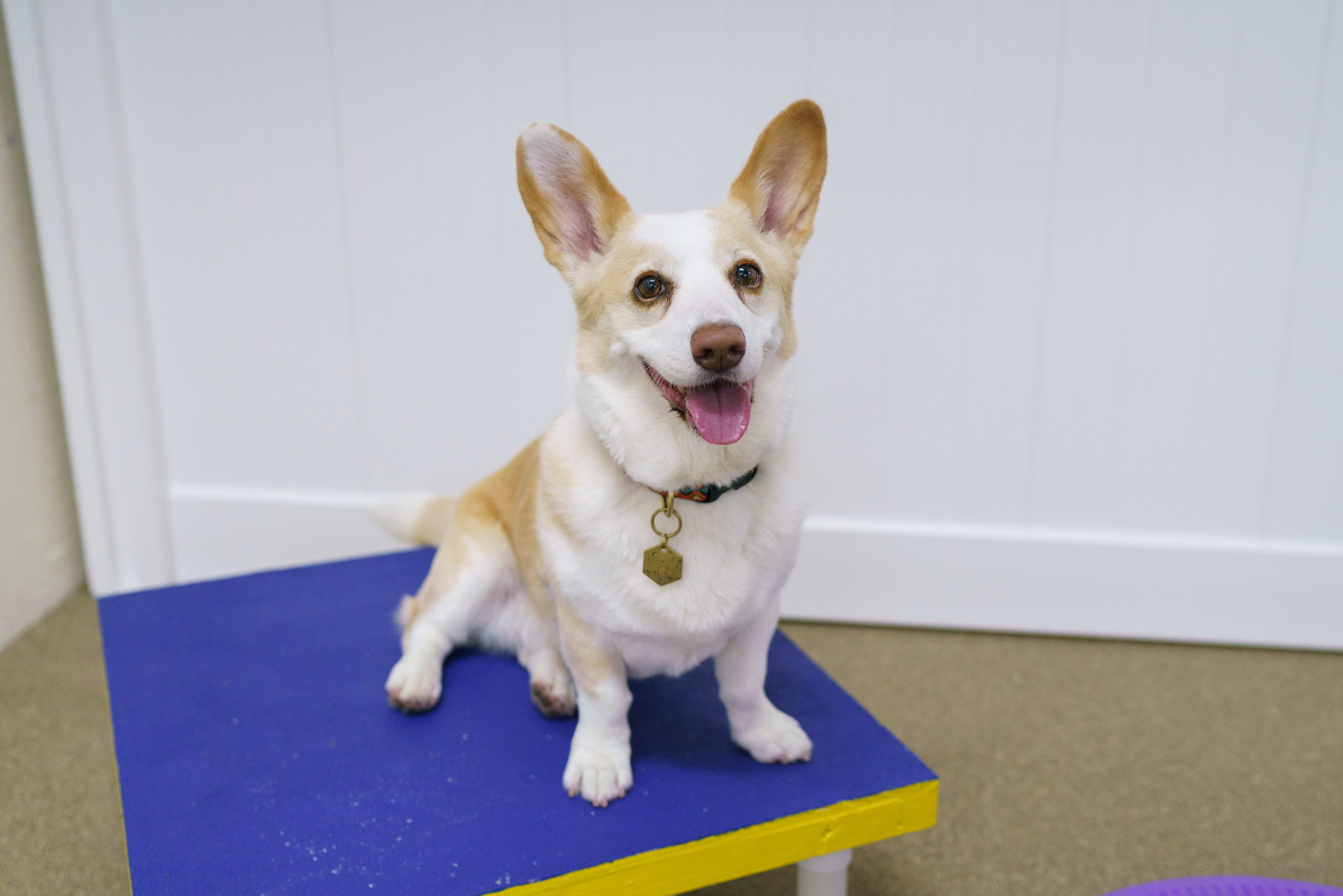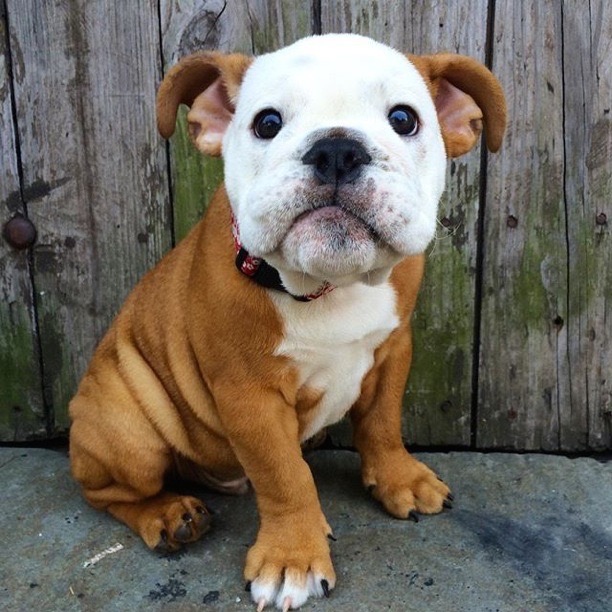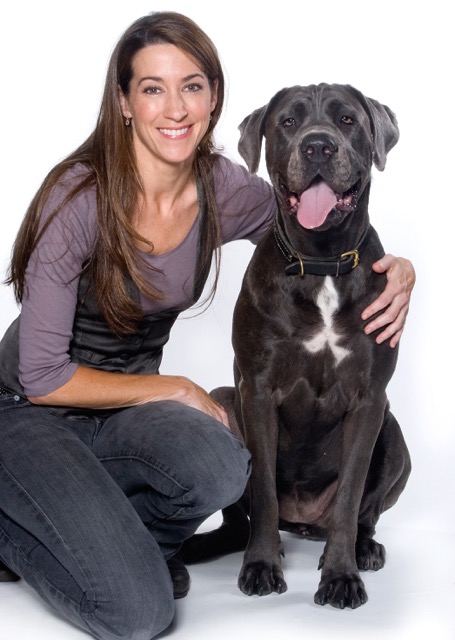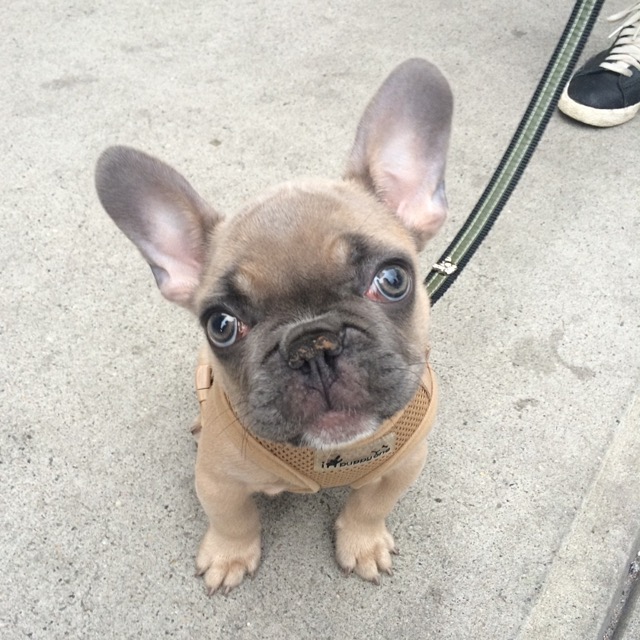
How to Train Your a Dog or Puppy to Sit: Step-by-Step Guide
One of the first and most useful behaviors to teach a dog is to sit on request. Sit is a natural behavior, so it is fairly simple to teach a puppy or an adult dog to sit on cue, as well as to offer sit as a default manners behavior. An example of a default sit is a dog who learns to automatically offer a sit when greeting people or at the front door. A dog who learns that sitting can earn them the things they want, will more readily offer a sit rather than less desirable behaviors such as jumping, grabbing, whining, and barking. Teaching your dog or puppy to sit is one of the simplest and most essential training steps. Understanding how to train a puppy to sit or how to teach your dog to sit will build a strong foundation for future training.
Tools Required to Teach Your Dog to Sit
Before training your puppy or adult dog you will want to have:
- A leash (to attach to your dog’s collar or harness).
- Treats that your dog really loves (something soft that can be licked or broken into tiny pieces is preferable)
- A hands-free treat pouch is useful.
- A chosen marker word such as “yes” or “good”. You could also consider another sound marker, such a clicker.
- An appropriate classroom in the form of a quiet and comfortable environment for your pup to learn. Of course you will eventually practice out and about in the world, but this less distracting space will help them get off to a good start.
- Your positive attitude and patience.
- Your observation skills are important.
How to Teach a Puppy to Sit
There is more than one way to teach your dog to sit. The two most positive and popular ways for you and your puppy to enjoy training and learning are the “lure and reward” method and the “capturing behavior” method. It will make good sense to incorporate both of these approaches when training your dog.
Steps to Teach Your Dog to Sit Using the Luring Method
- With your dog in a standing (on all fours) position, hold a treat between your thumb and forefingers, with your palm facing upward. Hold the treat to their nose and let them lick it a bit to get their interest and make sure they really like the treat.
- Slowly move your hand slightly up over their head and slightly back towards their rear aiming between the ears. Be careful not to hold the treat too high so as to avoid encouraging jumping during the initial stages of training sit.
- As your dog tilts their head back to follow the treat, their rear end will move towards the floor, a bit like the movement of a seesaw.
- When your dog’s rear end hits the ground (they are now sitting), use your crisply defined sound marker (“yes”, “good”, or clicker) followed by giving them the treat reward.
- Note: At the earliest stages in teaching your dog to sit, the reward is the treat you are using as the lure. Also, do your best to deliver the treat with your pup in the seated position. This will prevent confusion and inadvertently teaching a fast pop up sit.
- You can get your dog standing again by taking a few steps away, tossing a treat to the floor, or luring them into a standing position. Later on in your pup’s training you will have other cues such as down, stand, and hand targeting to ask your puppy to do.
- Repetition is the key to success. After a few brief training sessions, your pup will be following the treat lure fluidly and reliably into a sit position. You are then ready to graduate to the next level.
- Make sure you’re holding the lure treat pinched in your fingers with your palm facing up. Continue to lure your dog into the seated position and mark the behavior when it happens, but now you will no longer give your puppy the treat lure. Instead, you will deliver the reward treat from the other hand.
- This step teaches your pup that the one hand is showing them what to do (it will become a visual cue when you make the same hand movement without holding the treat); the reward will come from somewhere else. You’ll soon be able to remove the food lure altogether. However, you will not be removing the food reward, at least not yet.
- To move past the food lure stage you will begin to hold and move your cueing hand the same way you did when there was food pinched between your fingers, but there will no longer be a treat in your luring hand. You will continue to mark and reward your dog using the non luring hand. Keep the food treats out of view, perhaps behind your back so they are not a distraction. This will also prevent a potential future problem of your puppy only responding if they see the food reward.
- Gradually adjust the look of your cueing hand to look like an empty hand signal, making it obvious to your dog that there is no treat in your cueing hand. We like to use a flat open palm sweeping upward as a visual cue for sit.
- If at any point your puppy appears confused and does not respond to the cue, feel free to return to pinching your fingers a bit more together so your hand resembles and earlier/easier stage in the learning process. We all need a little help and a little reminder of things from time to time. It’s more positive to go back a bit in order to continue moving the learning forward. A helpful human comparison could be that although I can do mathematics in my head there are times i need to use pen and paper, or even count on my fingers.
To Be Noted
Once your dog is responding to a food free hand signal be sure to continue rewarding with food treats, or your dog will be quick to learn that if they don’t see a reward, they won’t get a reward. Try not to be an overachiever. In time, you will begin to reward your dog with the things they love or want that are not always food related. Some examples of non-food rewards would be: a toss of a ball, the chasing of a toy, petting, verbal praise, the opening of a crate door, access to go through a door to go for a walk or come home, permission to come up on your lap, etc. These are often called life rewards and their value to your dog is often mood related, meaning the same rewards could be of great value one moment and minimum wage the next. So for the time being be sure to ensure your dogs joy of training and complying to your wishes by rewarding them with yummy treats.
Adding a Verbal Cue
Once your dog reliably sits for your refined food free hand signal/visual cue, you can begin to decide where and when to install a verbal cue. You will want to do this in a non-distracting environment after warming you pup up to responding great to the visual cue. The behavior should look they way you want it to, which for most people means the dog sits solidly with some duration rather than popping up right out of the seated position right away. This can be a challenge for super excited puppies and active adults.
To teach your dog the verbal cue for sit you will say the word “sit” and then show your dog the hand signal. For best results, the word needs to come before the hand signal. With lots of repetition your dog with associate the sound “sit” with the behavior you have taught them. You will know your dog is beginning to make that connection when you say the word “sit”, pause a bit prior to the hand signal, and your dog goes ahead and sits without needing the additional information that the visual cue provides.
To Be Noted
If your puppy doesn’t respond to the verbal cue, don’t repeat yourself. You can give the visual cue to help them out. You can even go all the way back to the food lure if necessary. Remember, training and learning should be fun, positive, and achievable. Your progress is likely to move forward faster if you are willing to go backwards when necessary. This isn’t a failure, rather a good way to support your dog during the inevitable ebbs and flows of the process of learning.
Also keep in mind that much like children in school, your dog will be in different grades, or be able to accomplish more or less, in different environments. Have realistic expectations and patience. Don’t be frustrated, be supportive.
As your dog becomes a “grade A” sitter, be sure to practice with your treats out of view. You can put them in a pocket or treat pouch, on the counter, anywhere out of sight. You can also begin to sprinkle in the use of life rewards.
How to Teach Your Dog to Sit Using the Capturing Method
Remember that we aren’t teaching our dogs how to sit, as they already know how to do that. Rather, how to sit when requested and/or when to offer a sit automatically for people even if they haven’t requested it.
Capturing can be an extremely effective and fun technique. When we use capturing for teaching we just need to be ready to notice and respond when the behavior we want happens. Capturing is simply taking the opportunity to reward behaviors that your dog offers on their own. When you see your dog sit, use your sound marker and then back it up with a reward. The more you reward the sit behavior, the more it will happen.
Your dog will make the connection between the behavior, the marker, and the reward and offer the behavior (in this case, sit) more frequently in an effort to hear the sound which indicates the reward is coming. Sit will surely replace other approaches your dog has been trying that are not working because they are not being reinforced. For example, sitting instead of jumping up. What we are looking to establish is sit as a default manners behavior. We want our dog do choose to sit to get what they want. You could consider it a form of polite begging if you like.
Working on the cued sit at the same time as capturing the sit will speed up your dog’s progress. You will also be able to incorporate life rewards as the opportunities presents themselces. Some examples include:
- When your dog approaches to be pet while you are on the couch or at your desk, cue them to sit and then reward them with the attention they seek.
- If your dog would like a game to begin, a toy to be tossed, etc, cue them to sit before playing, and during play.
- Before opening the crate door, cue or wait for your dog to sit.
- Before opening a door to go on a walk or return home cue or wait for your dog to sit.
- When you stop at a curb or are waiting for the light to change at a crosswalk, have your dog sit.
- When you open your car door have your dog sit and wait before inviting them to jump in or out of the car.
- Have your dog sit to get anything they want.
If you reward your dog for sitting it will become their way of saying “please”. You may need to cue them or lure them to sit in many scenarios and environments until they really catch on, but animals do what works for them. If jumping and barking and pawing at you gets them what they want, they’ll do that. If those pushy behaviors don’t work, they’ll try something that does – like sitting! Make mannerly behavior work for your dog by reward sitting in loads of different contexts and environments. A sit happy dog means a happy family!
Learning how to train your dog to sit and stay is essential for building trust and communication. With regular practice, your dog or puppy will master these commands, making everyday interactions smoother and more enjoyable
Explore Our Dog Training Courses
Educate your dog with Andrea Arden and her team.
New York | Los Angeles | Connecticut
Share
- Group Classes
- Private Lessons
- Virtual Training
- Puppy Play Groups
- Puppy Training
- Articles & Advice






